

Discover all about yuzu, a citrus fruit tree that’s special for many reasons.
Yuzu tree key facts:
Botanical name – Citrus x junos
Common – yuzu, Japanese lemon
Family – Rutaceae (Rue family)
Type – fruit tree
Height – 12 to 25 feet (4 to 8 m)
Breadth – 6 to 13 feet (2 to 4 meters)
Soil – any type, not chalky, well drained
Exposure: full sun – Foliage: evergreen – Flowering: spring – Harvest: fall
Though it isn’t yet famous in our parts, yuzu is a tree that comes from Asia. More specifically, it is native to Japan, where it is an important part of local food recipes. Its fruits indeed taste like no other: in the same bite, you get a tangy tart feel that ends on a soft, sweet note. Though it isn’t impossible, growing a Citrus x junos nonetheless requires particular care. But it’s clearly worth the time and effort!
Jump to specific content:
Unlike most other citrus, yuzu is hardy and easily adapts to our own climates.
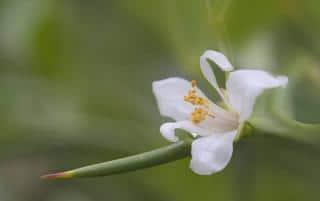
The lush green leaves are leathery and resist the cold well. Young stems tend to have lots of sharp spikes. Not necessarily a good idea if you have reckless children or pets!
Last of all, its slow growth and narrow bearing will enable it to grow even in a tiny garden.
As for all the other citrus, yuzu is a tree that requires lots of sun to thrive. Pay particular care to where you plant it.
As for the soil, Citrus x junos has the following requirements:
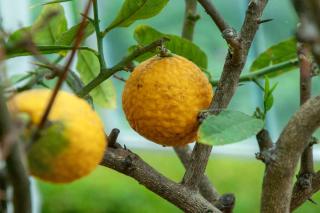 neutral to acidic pH;
neutral to acidic pH;The best time to plant depends on where you live:
Depending on what your goals are and the size of your garden, you can choose whether to plant it directly in the ground or grow it in a pot instead.
One of the greatest advantages of the yuzu tree is its hardiness, which allows it to survive the cold down to 5°F (-15°C). It’s the hardiest citrus by far. Note, however, that in areas where winters get really cold, it’s best to shelter your tree from the cold somewhat, with winterizing fleece, or by bringing it indoors to a lean-in or greenhouse if it’s planted in a container.
>> Winterizing Citrus: checklist to prepare for winter
Possibly the most demanding option, since you have to make sure all yuzu soil requirements are met. Thus, you’ll have to check the pH of your soil. Hopefully, it’s already a bit acidic naturally, because changing it is difficult.
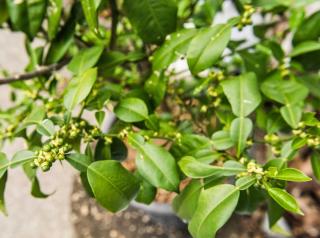
Once you’ve prepared and amended the soil, move on to the next step: planting. For that, simply:
It’s often easier to go for this type of planting because you can really control for all the environmental needs of your yuzu plant. The only drawback is that you’ll have to repot the the tree after a little while. Luckily, this slow-growing tree will give you a few years to relax before having to repot again.
To plant your yuzu in a pot, you must:
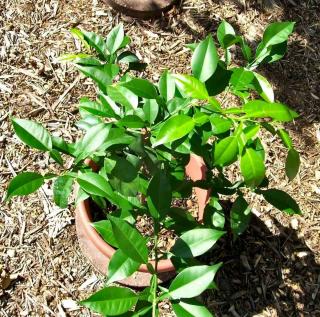 Double-check that there are holes for drainage at the bottom of your pot. If none, make some with a hand drill and a large drillbit.
Double-check that there are holes for drainage at the bottom of your pot. If none, make some with a hand drill and a large drillbit.Smart tip : for planting in pots, add vermiculite (or perlite) to the substrate. This type of material has several advantages: it helps evacuate water and, at the same time, retain moisture for thre tree.
After planting, yuzu is a tree that requires certain types of care. Most important among these is watering, especially if you live in a region where the summer gets dry or where it gets really dry in summer. Consequently, the substrate for sowing must always remain moist, without getting soggy. Favor moderate but regular watering sessions.
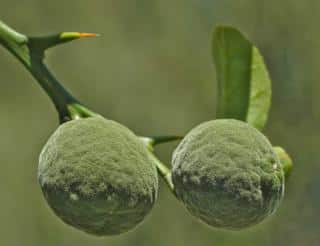
If you’ve planted your tree in a pot, you’ll have to fertilize the substrate with a special citrus fertilizer. Provide this fertilizer in several doses:
There are three ways to get new yuzu specimens from your existing one:
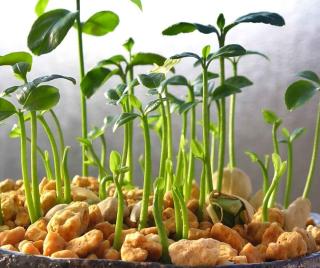 Sowing is the first, but you’ll need to be very patient because the growth rate of Citrus x junos is slow, and fruit-bearing comes even later. Moreover, chances of success are rather low.
Sowing is the first, but you’ll need to be very patient because the growth rate of Citrus x junos is slow, and fruit-bearing comes even later. Moreover, chances of success are rather low.More often than not, your yuzu tree will resist most diseases. However, pests are another story all together. Let’s list several of them out here:
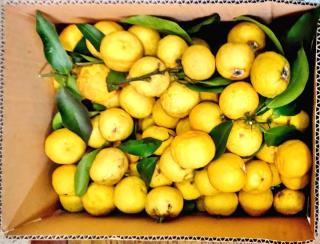
To best savor the taste and benefit from its health benefits, we recommend only picking the fruits just before you eat them. Once harvested, though, they can still keep for a few weeks in a cool spot.
Yuzu is a generous tree, and its fruits have many different uses.

This might come as something unexpected: the scent of yuzu fruit peels is so strong that you can use it to perfume bathwater (add when water is hot/warm).
In winter, also gather a few peel shavings in a clay bowl and place it atop a heater or radiator for an enchanting natural air freshener. Perfect to spread a warm, exotic scent throughout the house!